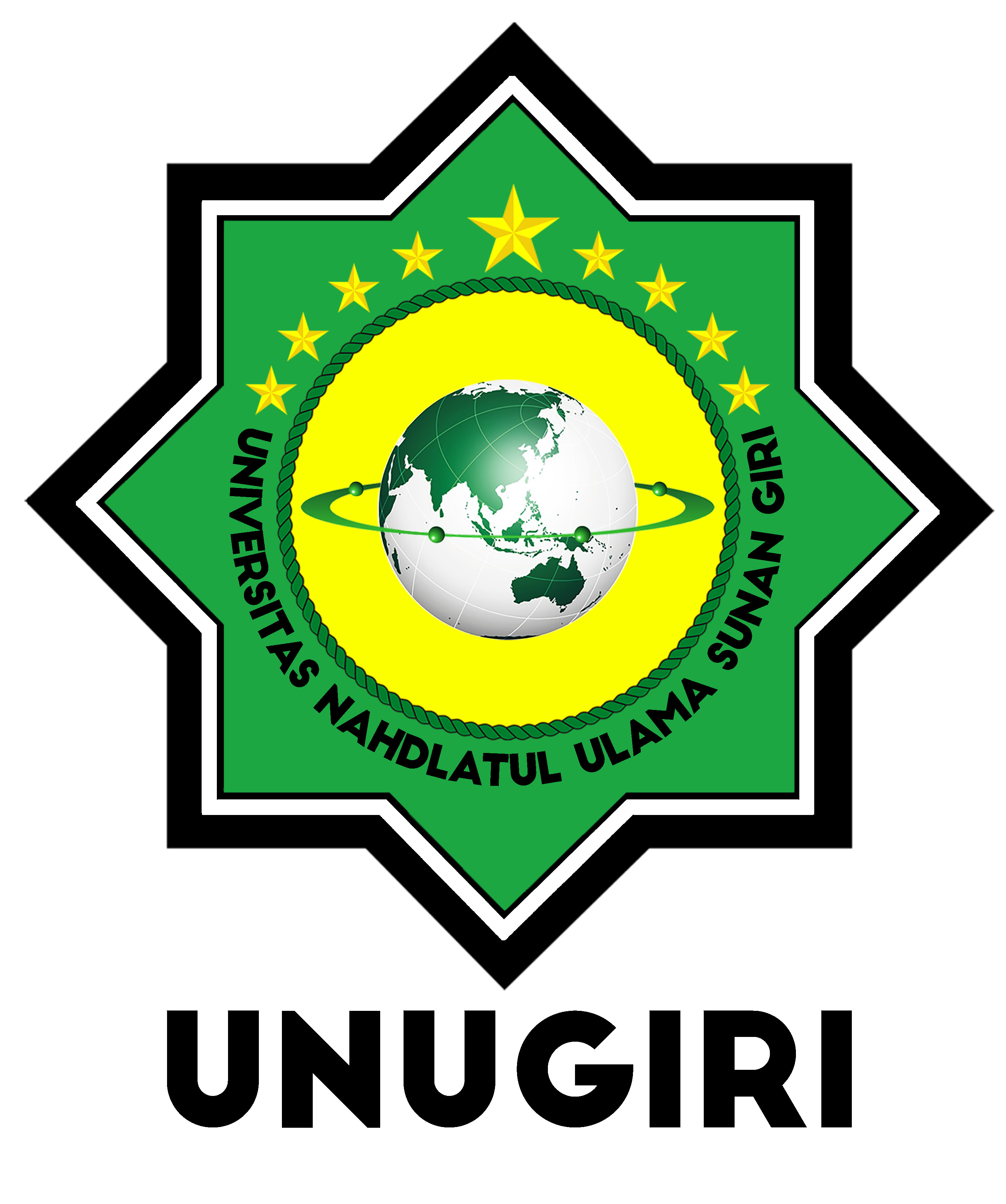Clustering Of Natural Disaster-Prone Areas In East Java Province Using Fuzzy C-Means Method
 PDF Download: 91
PDF Download: 91
DOI:
https://doi.org/10.32665/james.v8i2.5170Keywords:
Clustering, East Java Province, Fuzzy C-Means, Natural Disasters, Prone AreasAbstract
Natural disasters are one of the most common problems in Indonesia. According to Data Informasi Bencana Indonesia (DIBI) from 2020 to 2024, East Java Province ranks third in terms of the frequency of natural disasters on the island of Java. Systematic mapping of disaster-prone areas is essential to support more effective mitigation and management efforts. This study aims to group 38 districts/cities in East Java Province based on their vulnerability to natural disasters. The methods used are Fuzzy C-Means for the grouping process and Silhouette Coefficient as a tool for evaluating cluster quality. The data used is secondary data with indicators of the number of incidents, number of victims, and amount of damage caused by floods, landslides, extreme weather, drought, earthquakes, volcanic eruptions, and forest and land fires. The clustering results produced three clusters, namely areas with high, medium, and low vulnerability levels. The clustering results were evaluated using the Silhouette Coefficient with a value of 0.2807, which indicates that the clustering results are in the fairly good category and indicate limitations in cluster separation due to the use of limited indicators and overlapping characteristics between regions. Nevertheless, the results of this study can contribute as a basis for consideration in the formulation of disaster mitigation policies, especially in determining intervention priorities and strengthening preparedness in areas with high disaster vulnerability.
References
Anggraeni, D. (2016). Analisis Dampak Perubahan Iklim Berdasarkan Kenaikan Muka Air Laut terhadap Wilayah Kota Surabaya. In Tesis. Institut Teknologi Sepuluh Nopember.
Aulia Putri, S. (2025). Pengelompokkan Daerah Rawan Bencana di Kabupaten Jember Menggunakan Metode K-Means Clustering. JUPITER: Publikasi Ilmu Keteknikan Industri, Teknik Elektro Dan Informatika, 3(1), 9–16. https://doi.org/10.19184/isj.v8i1.29542
BNPB. (2021). Dokumen Kajian Risiko Bencana Nasional Provinsi Riau 2022 - 2026. In Kedeputian Bidang Sistem dan Strategi Direktorat Pemetaan dan Evaluasi Risiko Bencana.
Faruf, A., Ferijal, & Yasar, M. (2023). Pengaruh Perubahan Iklim Terhadap Frekuensi dan Durasi Deret Hari Kering di Kabupaten Aceh Besar. JURNAL ILMIAH MAHASISWA PERTANIAN, 8, 622–630.
Firdaus, H. S., Nugraha, A. L., Sasmito, B., & Awaluddin, M. (2021). Perbandingan Metode Fuzzy C-Means Dan K-Means Untuk Pemetaan Daerah Rawan Kriminalitas Di Kota Semarang. Elipsoida : Jurnal Geodesi Dan Geomatika, 4(01), 58–64. https://doi.org/10.14710/elipsoida.2021.9219
Ifadah, C., Ratnasari, C. D., & Novitasari, D. C. R. (2022). Clustering Daerah Banjir Di Jawa Timur Dengan Algoritma Fuzzy C-Means. Jurnal Dinamika Informatika, 14(2), 99–104. https://doi.org/10.35315/informatika.v14i2.8885
Irabawati, N., Wahyuningsih, S., & Syoer, R. R. (2016). Perbandingan Metode C-Means dan Fuzzy C-Means Dalam PengelompokkanWilayah Desa/Kelurahan di Kabupaten Kutai Kartanegara. Jurnal Eksponensial, 7(1), 67–76. http://jurnal.fmipa.unmul.ac.id/index.php/exponensial/article/view/47%0Ahttp://jurnal.fmipa.unmul.ac.id/index.php/exponensial/article/download/47/24
Marto, F. A., Ardi, I. A., & Priyoga, I. (2024). Analisis Kebencanaan Wilayah Berdasarkan Karakteristik Bentang Lahan di Kabupaten Kulon Progo. 5(1), 42–62.
Nabilla Audy, I., Nur Padilah, T., & Nurina Sari, B. (2024). Pengelompokan Daerah Rawan Bencana Alam Di Jawa Barat Menggunakan Algoritma Fuzzy C-Means. JATI (Jurnal Mahasiswa Teknik Informatika), 7(4), 2799–2803. https://doi.org/10.36040/jati.v7i4.7205
Pascapurnama, D. N., Murakami, A., Chagan-Yasutan, H., Hattori, T., Sasaki, H., & Egawa, S. (2018). Integrated Health Education in Disaster Risk Reduction: Lesson Learned From Disease Outbreak Following Natural Disasters In Indonesia. International Journal of Disaster Risk Reduction, 29, 94–102. https://doi.org/10.1016/j.ijdrr.2017.07.013
Prasetyo, A., Sumarno, S., Jayaputra, A., Benedictus, M., Murni, R., Nainggolan, T., Purwasantana, D., Miftah, M., Wahab, Taruna, M. M., & Wibowo, A. M. (2024). Critical Communication Of Disaster Preparedness Areas For Informational Strategies In Disaster Management In Indonesia. Progress in Disaster Science, 24. https://doi.org/10.1016/j.pdisas.2024.100368
Pusdatinkom BNPB. (2025). Data Informasi Bencana Indonesia (DIBI). https://dibi.bnpb.go.id/
Rahmawati, T., Wilandari, Y., & Kartikasari, P. (2024). Analisis Perbandingan Silhouette Coefficient dan Metode Elbow pada Pengelompokkan Provinsi di Indonesia Berdasarkan Indikator IPM Dengan K-Medoids. Jurnal Gaussian, 13, 13–24. https://doi.org/10.14710/j.gauss.13.1.13-24
Rahmi, E. R. (2024). Ring Of Fire Indonesia. https://unsia.ac.id/ring-of-fire-indonesia/
Septian, A., Elvarani, A. Y., Putri, A. S., Maulia, I., Damayanti, L., Pahlevi, M. Z., & Aswad, F. H. (2020). Identifikasi Zona Potensi Banjir Berbasis Sistem Informasi Geografis Menggunakan Metode Overlay dengan Scoring di Kabupaten Agam, Sumatera Barat. Jurnal Geosains Dan Remote Sensing, 1(1), 11–22. https://doi.org/10.23960/jgrs.2020.v1i1.25
Undang-Undang Republik Indonesia Nomor 24 Tahun 2007 Tentang Penanggulangan Bencana (2007).
Wijayanti, W., Rahmi HG, I., & Yanuar, F. (2021). Penggunaan Metode Fuzzy C-Means Untuk Pengelompokan Provinsi Di Indonesia Berdasarkan Indikator Kesehatan Lingkungan. Jurnal Matematika UNAND, 10(1), 129. https://doi.org/10.25077/jmu.10.1.129-136.2021
Yulianto, T., Rahmah, A. F., Faisol, F., & Amalia, R. (2023). Clustering Daerah Bencana Alam di Indonesia Menggunakan Metode Fuzzy C-Means. Unisda Journal of Mathematics and Computer Science (UJMC), 9(2), 29–39. https://doi.org/10.52166/ujmc.v9i2.4776
Downloads
Published
Issue
Section
Categories
License
Copyright (c) 2025 Journal of Mathematics Education and Science

This work is licensed under a Creative Commons Attribution-NonCommercial-ShareAlike 4.0 International License.
Authors who publish with this journal agree to the following terms:
- Authors retain copyright and grant the journal right of first publication with the work simultaneously licensed under a Creative Commons Attribution License that allows others to share the work with an acknowledgment of the work's authorship and initial publication in this journal.
- Authors are able to enter into separate, additional contractual arrangements for the non-exclusive distribution of the journal's published version of the work (e.g., post it to an institutional repository or publish it in a book), with an acknowledgment of its initial publication in this journal.
- Authors are permitted and encouraged to post their work online (e.g., in institutional repositories or on their website) before and during the submission process, as it can lead to productive exchanges, as well as earlier and greater citation of published work
 PDF Download: 91
PDF Download: 91














